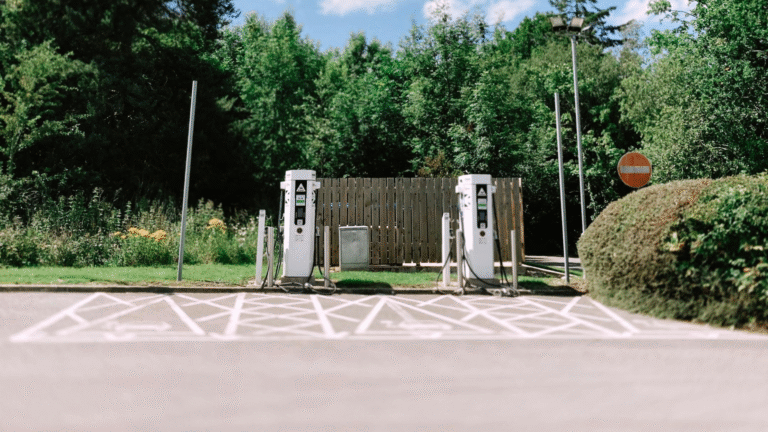Local councils across Australia are playing a crucial role in the rollout of public electric vehicle (EV) charging infrastructure. With state and federal support, councils are deploying fast and destination chargers in places where drivers live, work, and play. In this guide, we’ll explore what councils are doing, how funding is being used, and how local residents benefit.
Table of Contents
- Why Local Councils Matter
- Funding and State Support
- Council-Led Charging Initiatives
- Strategic Locations and Charging Types
- Benefits for Communities and Drivers
- What’s Still Needed
- FAQs
- Conclusion
1. Why Local Councils Matter
Local councils influence where chargers go—shopping centres, parks, libraries, community hubs, and town centres. They also handle approvals, infrastructure upgrades, and local electricity connections. Council-driven charger rollouts close key gaps in public charging availability, especially in regional towns and suburbs.
2. Funding and State Support
Councils often rely on state and federal grants to finance charger installation:
- State EV infrastructure rebates help cover hardware and installation costs
- Federal programs channel money to regional councils for charging hubs
- Public-private partnerships let councils leverage private investment
- Renewable Energy Zones and low-emission strategies include EV charger support
This funding makes it more viable for councils to provide charging in community spaces.
3. Council-Led Charging Initiatives
Urban Councils
Major cities are rolling out destination chargers at train stations, town squares, and inner-city car parks. Smart chargers offer app-based payment and load management to avoid local grid overload. Some councils partner with private operators for maintenance and access.
Regional & Rural Councils
In regional towns, councils focus on highway-ready fast chargers and destination chargers at community facilities. They often use grants to fill infrastructure gaps, supporting tourism and local EV adoption by reducing range anxiety between towns.
Pilot Projects
Some councils are piloting mobile charging units—small trailers with chargers that can be moved to events or temporary sites. Others test solar + battery + charger setups on public land to demonstrate renewables integration.
4. Strategic Locations and Charging Types
- Level 2 AC chargers (7–22 kW): Installed at community hubs, library carparks—they are relatively inexpensive and provide long dwell-time charging
- DC fast chargers (50–150 kW): Deployed along highways and at key nodes to enable rapid charging and regional travel
- Destination chargers: Positioned near council offices, parks, cultural sites—encouraging EV visitation and off-street access
- Smart integration: Advanced chargers include load balancing, reservation systems, and per-user billing to support efficient operations
5. Benefits for Communities and Drivers
- 💡 Reduced range anxiety
Ensures EV drivers have accessible charging close to home or on the road. - Economic opportunities
Public chargers can increase visitors to local businesses and support tourism. - Environmental gains
Supports local emissions reduction targets and promotes renewable energy integration. - Social equity
Provides charging for residents without private driveways, enhancing EV fairness.
6. What’s Still Needed
- Grid capacity upgrades: Some towns need transformer and supply enhancements before installing chargers
- Streamlined approvals: Quicker permit processes can accelerate charger deployment
- Ongoing maintenance: Councils need reliable funding for charger upkeep
- User education: Drivers benefit from clear guidance on payment, etiquette, and charger reservation
- Partnership innovation: More collaboration with private operators and utilities can expand charger networks faster
7. FAQs
🔌 Can any council install public chargers?
Yes—many receive grants and follow regulatory guidelines for infrastructure extensions and approvals.
🏙️ Will public chargers be free?
Not typically. Councils implement user-pay models to cover running costs, usually via charging apps or RFID.
🏞️ What types of chargers will I find locally?
Commonly, Level 2 AC chargers in city and suburban council areas; DC fast chargers on highways and regional centres.
8. Conclusion
Local councils are making public EV charging a reality—from suburban car parks to highway rest stops. Backed by grants and policy support, councils are deploying varied charger types, integrating smart systems, and helping all residents access EV infrastructure. While more investment, streamlined processes, and partnerships are needed, council-driven chargers are a vital part of Australia’s electric future.
Discover how Australian local councils are expanding public EV charging—funding models, charger types, community benefits, and ongoing infrastructure needs.
